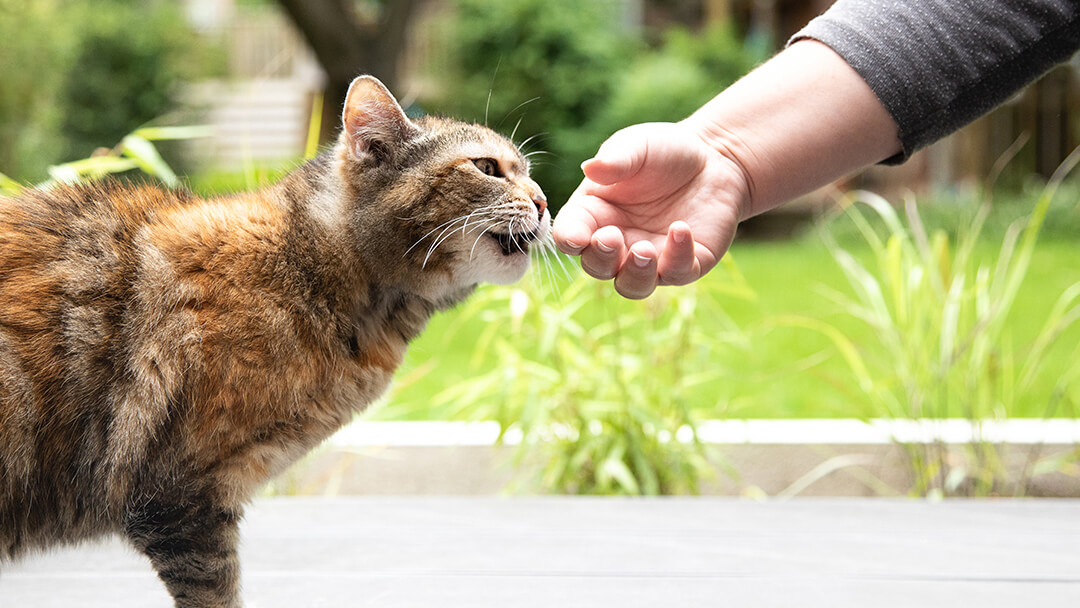Introduction:
Cats are often known for their independent and aloof nature, but contrary to popular belief, they can be trained to follow commands and perform tricks. Training not only enhances the bond between you and your feline companion but also provides mental stimulation and physical exercise. In this guide, “Training Cats: From Basic Commands to Feline Tricks,” we’ll explore effective methods for training cats, from fundamental commands to delightful tricks that showcase their intelligence and agility.
Section 1: Basic Commands for Cats
1.1. Sit: Teaching your cat to sit is a fundamental command that forms the basis for more advanced tricks. Hold a treat above your cat’s head and slowly move it backward. As your cat follows the treat, their natural response is to sit down. Once they sit, immediately reward them with the treat and praise.
1.2. Stay: Training a cat to stay in a specific position can be challenging, but it’s achievable with patience. Start by having your cat sit, then extend the duration gradually. Use treats and positive reinforcement to reward them for staying in place.
1.3. Come: Encouraging your cat to come when called is a useful command. Begin by calling your cat in a cheerful tone and rewarding them with treats or affection when they respond. Consistency is key to reinforcing this behavior.
Section 2: Clicker Training for Cats
2.1. Introduction to Clicker Training: Clicker training is a positive reinforcement technique that uses a small device to make a distinct clicking sound, signaling to your cat that they’ve performed the desired behavior. Pair the click with treats to reinforce positive actions.
2.2. Clicker Training for Tricks: Once your cat is familiar with the clicker, you can use it to teach tricks. For example, if you want to train your cat to jump through a hoop, click and reward them when they successfully complete the action. Gradually raise the hoop to increase the challenge.
Section 3: Advanced Feline Tricks
3.1. High Five: Training your cat to give a high five is an impressive trick. Start by having your cat sit, then offer your hand slightly above their head. When they raise their paw to touch your hand, click and reward. Repeat the process until your cat confidently gives a high five.
3.2. Roll Over: Teaching your cat to roll over is a playful and adorable trick. Begin by having your cat lie down. Hold a treat close to their nose and move it in a circular motion. As your cat follows the treat, they’ll naturally roll over. Click and reward when they complete the roll.
3.3. Fetch: Contrary to popular belief, some cats can be trained to fetch. Use a small, lightweight toy and toss it a short distance. When your cat brings it back, click and reward. Gradually increase the distance over time.
Section 4: Tips for Successful Cat Training
4.1. Patience and Positive Reinforcement: Cats respond best to positive reinforcement and rewards. Be patient, and always use treats, praise, or affection to reinforce desired behaviors.
4.2. Short Sessions: Keep training sessions short and enjoyable. Cats have shorter attention spans, so frequent but brief sessions are more effective than long, tedious ones.
4.3. Consistency is Key: Consistency is crucial when training cats. Use the same commands and reward system to avoid confusion, and practice regularly to reinforce learned behaviors.
Conclusion:
In conclusion, training cats can be a fun and rewarding experience for both you and your feline friend. Whether you’re teaching basic commands or more advanced tricks, the key is to use positive reinforcement, patience, and consistency. Celebrate each small success, and enjoy the unique journey of bonding with your cat through the art of training. With dedication and a playful spirit, you’ll be amazed at what your clever feline companion can achieve. Happy training!